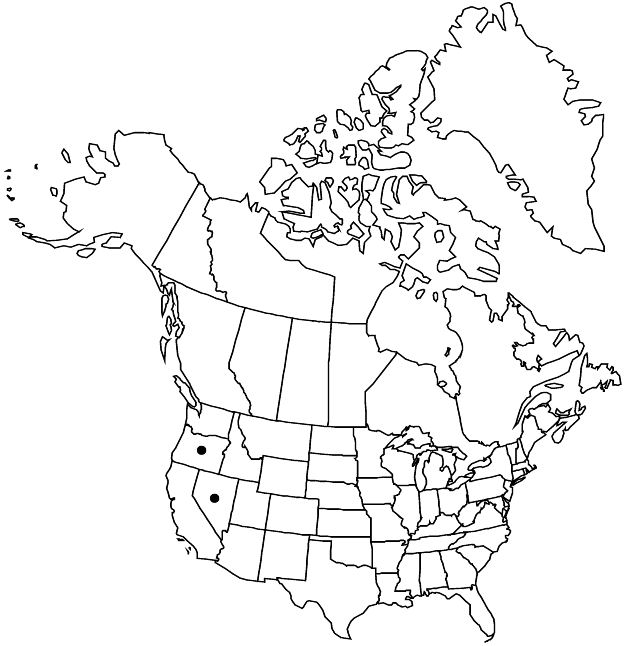Difference between revisions of "Potentilla versicolor"
in N. L. Britton et al., N. Amer. Fl. 22: 344. 1908.
FNA>Volume Importer |
imported>Volume Importer |
||
| (4 intermediate revisions by 2 users not shown) | |||
| Line 1: | Line 1: | ||
{{Treatment/ID | {{Treatment/ID | ||
|accepted_name=Potentilla versicolor | |accepted_name=Potentilla versicolor | ||
| − | |accepted_authority=Rydberg | + | |accepted_authority=Rydberg |
|publications={{Treatment/Publication | |publications={{Treatment/Publication | ||
|title=in N. L. Britton et al., N. Amer. Fl. | |title=in N. L. Britton et al., N. Amer. Fl. | ||
| Line 37: | Line 37: | ||
-->{{#Taxon: | -->{{#Taxon: | ||
name=Potentilla versicolor | name=Potentilla versicolor | ||
| − | + | |authority=Rydberg | |
| − | |authority=Rydberg | ||
|rank=species | |rank=species | ||
|parent rank=section | |parent rank=section | ||
| Line 52: | Line 51: | ||
|publication year=1908 | |publication year=1908 | ||
|special status=Endemic | |special status=Endemic | ||
| − | |source xml=https:// | + | |source xml=https://bitbucket.org/aafc-mbb/fna-data-curation/src/2e0870ddd59836b60bcf96646a41e87ea5a5943a/coarse_grained_fna_xml/V9/V9_247.xml |
|subfamily=Rosaceae subfam. Rosoideae | |subfamily=Rosaceae subfam. Rosoideae | ||
|tribe=Rosaceae tribe Potentilleae | |tribe=Rosaceae tribe Potentilleae | ||
Latest revision as of 22:55, 5 November 2020
Plants rosetted to ± matted; taproots ± fleshy-thickened. Stems prostrate to ascending, (0.7–)1.5–2.5(–4) dm, lengths 2–4(–5) times basal leaves. Basal leaves pinnate with distal leaflets ± confluent, 4–12 × 1–2.5(–3.5) cm; petiole 1–3 cm, straight hairs absent (on early-season petioles) or sparse to common, spreading-ascending to loosely appressed, 1–2 mm, soft, cottony hairs usually absent, glands sparse; primary lateral leaflets 3–5 per side, on distal (1/3–)1/2–2/3 of leaf axis, overlapping, largest ones cuneate to flabellate, 0.5–1.5(–2) × 0.5–1.5 cm, distal 3/4 to whole margin unevenly incised 2/3 to completely to midvein (blade often medially split as well), ultimate teeth or segments 2–5(–8), ± oblanceolate, 3–11 × 1–3 mm, apical tufts to 1 mm, surfaces green to grayish green, not glaucous, straight hairs sparse to common (sparser adaxially), sometimes absent (except on margins), loosely appressed to ascending, 1–2 mm, soft, cottony hairs absent, glands sparse to common. Cauline leaves 1–2(–3). Inflorescences (1–)3–10-flowered, usually openly cymose. Pedicels 1–3(–5) cm, straight to slightly recurved in fruit. Flowers: epicalyx bractlets lanceolate to elliptic, rarely ovate, 2–5 × 1–2 mm, sometimes apically toothed; hypanthium 3–5 mm diam.; sepals 4–7 mm, apex acute; petals 4–7 × 3–5.5 mm; filaments (1–)1.5–2.5 mm, anthers 0.5–0.8 mm; carpels 10–25, styles 2 mm. Achenes 1.5–1.8 mm, smooth to faintly rugose, not carunculate.
Phenology: Flowering summer.
Habitat: Rocky, alpine meadows, seasonally moist slopes, near streams or snowmelt
Elevation: 2100–3200 m
Discussion
Potentilla versicolor is most common on Steens Mountain in Harney County, Oregon. Collections are known from other mountain ranges in eastern Oregon (some possibly representing distinct taxa) and from near Island Lake in the Ruby Mountains of northeastern Nevada. The species often grows and, apparently, intergrades with P. breweri; it is usually distinct in its lack of cottony hairs. Petals, filaments, and styles tend to be somewhat shorter in P. versicolor than in P. breweri. Collections of P. versicolor have most often been identified as P. breweri, P. millefolia, or P. ovina.
Selected References
None.
